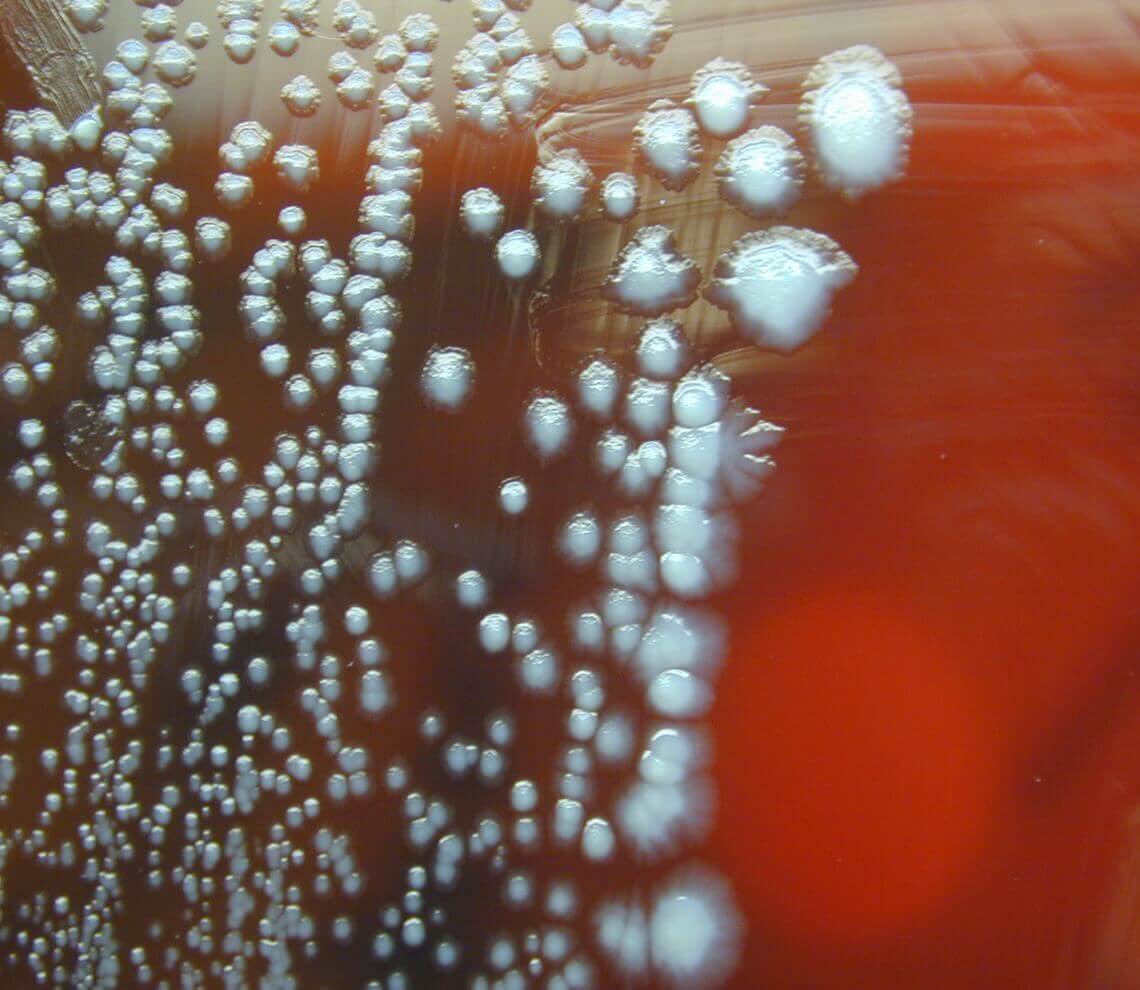- Our Suppliers
- agisera
- CFP, Cyan Fluorescence Protein (monoclonal)
Product short description
Price:
515 EUR
Size:
100 µg
Catalog no.:
AS15 3038
Product detailed description
Raised in
Mouse
Clonality
Monoclonal
Clone
Clone GF28R
Recommended dilutions for use
1:1000 (WB)
Molecular weight (expected | аpparent)
see datasheet
TAIR number
Refer to NCBI
Protein number
Refer to NCBI
Possible reactivity
to be determined
Purification
protein G purified
Supplementary information
protein G purified
Connected products
other tag antibodiesSecondary antibodies
Available ordering format
Liquid in PBS, pH 7.4, with 0.02% sodium azide
How to reconstitute
See included datasheet or contact our support service
Notes
exact working dilution needs to be determined by end user
References
to be added when available antibody available in October 2015.
No reactivity
no confirmed exceptions from predicted reactivity are currently known
Verified applications
Western Blot (WB), ELISA (ELISA), Immunohistochemistry (IHC), Dot Blot
Immunogen
KLH-conjugated N-terminal peptide of Green Fluorescent Protein (GFP) from the jellyfish Aequorea victoria
Verified reactivity
Native and denaturated Cyan Fluorescent protein (CFP) and its variants: Enhanced Green Fluorescent Protein (EGFP), Yellow Fluorescent Protein (YEP)
Storage condition
Antibody can be stored at -20°C for up to 1 year. Make aliquots to avoid repeated freeze-thaw cycles. Please, remember to spin tubes briefly prior to opening them to avoid any losses that might occur from liquid material adhering to the cap or sides of the tubes.
About
Monoclonals of this antigen are available in different clones. Each murine monoclonal anibody has his own affinity specific for the clone. Mouse monoclonal antibodies are purified protein A or G and can be conjugated to FITC for flow cytometry or FACS and can be of different isotypes.
Scientific context
CFP (Cyan fluorescent protein) is a naturally fluorescent protein which emits blue light when excited by a 405 nm laser. This emission is optimally detected at 485 nm. It is used in laboratories as a reporter molecule to label and study cellular and subcellular proteins in living cells using a wide range of applications.
Test
Fluorimetric analysis of fluorescent emission of light by is a form of luminescence. The emitted light has a longer wavelength, and therefore lower energy, than the absorbed radiation for excitation. Fluorescent controls and calibrators can be supplied to mix with the cells. A fluorimeter is needed to do the analysis of the green, red, blue, yellow, orange, deep red fluorescent dyes.
© Copyright 2016-Tech News . Design by: uiCookies

